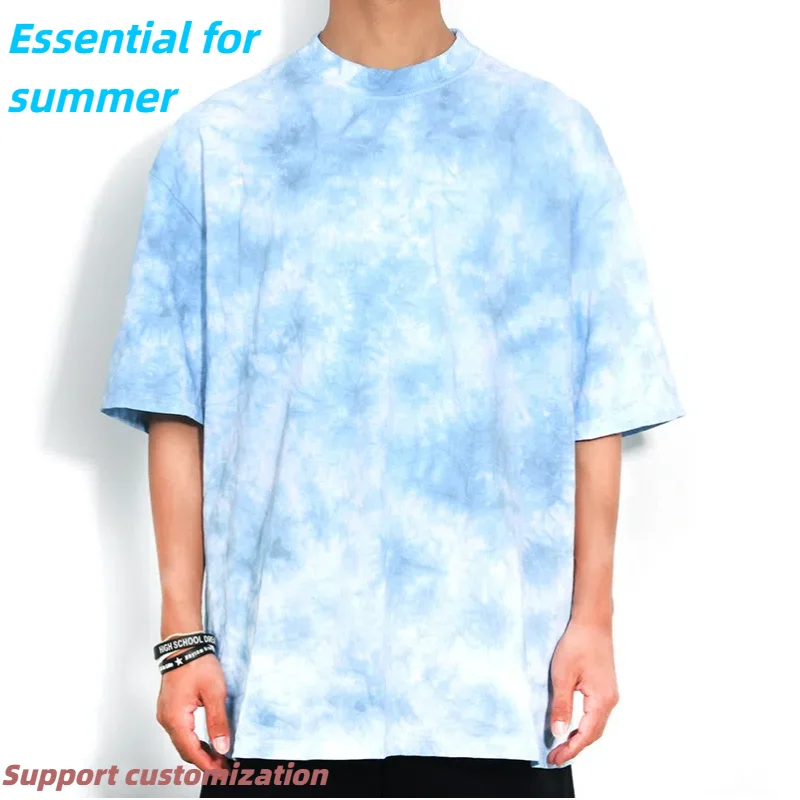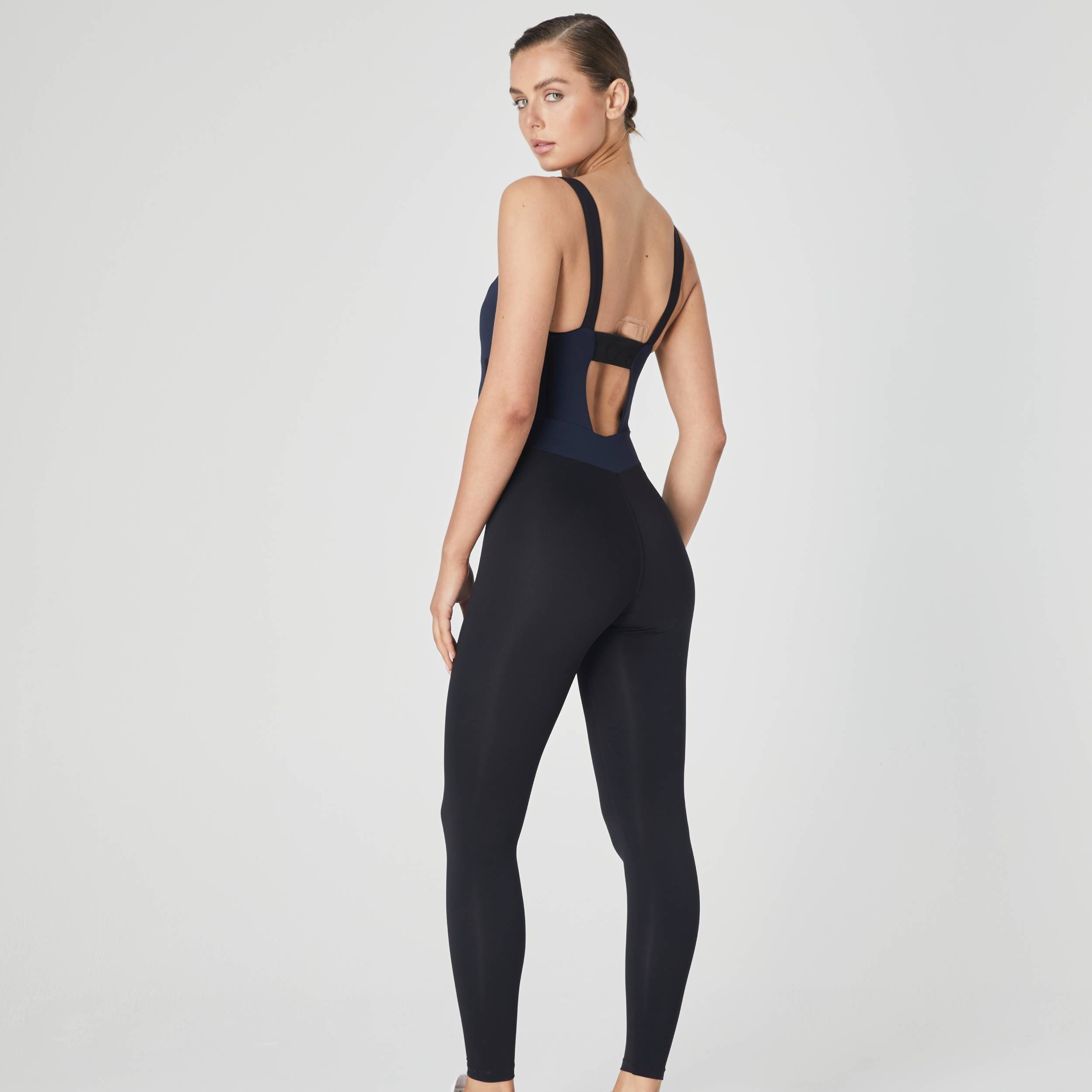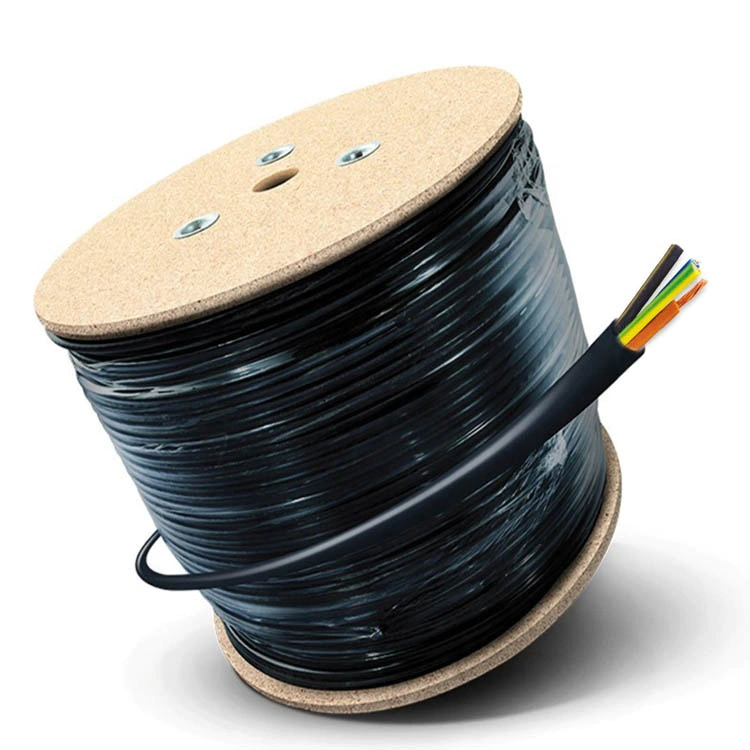Sports clothes have evolved significantly in recent years, thanks to advancements in textile technology and material science. Gone are the days of simple cotton jerseys and shorts; today, athletes and fitness enthusiasts alike have a vast array of high-tech fabrics and materials to choose from. Let's delve into the world of sportswear materials and understand what makes them so special.
- Polyester and Its Derivatives
Polyester is a synthetic fiber that has revolutionized sportswear. Its excellent moisture-wicking properties mean that it can quickly draw sweat away from the skin, keeping the wearer dry and comfortable. Polyester is also highly durable and resistant to shrinkage, making it a favorite choice for activewear. Brands often combine polyester with other fibers like spandex to create fabrics that offer both stretch and recovery.
- Nylon: The Workhorse of Sports Fabrics
Nylon is another synthetic fiber that's widely used in sports clothes. It's known for its strength, durability, and resistance to abrasion. Nylon fabrics are often lightweight and breathable, making them ideal for high-intensity activities where ventilation is crucial. Nylon is also a great choice for outerwear layers like jackets and windbreakers due to its weather-resistant properties.
- Elastane and Spandex: The Stretch Factor
Elastane and spandex are elastic fibers that add stretch and recovery to sports fabrics. These fibers allow clothing to move with the body, providing freedom of movement without restriction. Elastane and spandex are often blended with polyester or nylon to create fabrics that offer both durability and stretchability.
- Merino Wool: The Natural Alternative
While synthetic fibers have dominated the sportswear market, natural fibers like merino wool have also found a place. Merino wool is known for its natural breathability, temperature regulation, and odor resistance. It's a great choice for cold-weather sports or for those looking for a more sustainable and natural option.
- Advanced Technologies and Finishes
In addition to the basic fibers, sports clothes often feature advanced technologies and finishes that enhance their performance. These include antimicrobial treatments that reduce odor, UV protection that shields the skin from harmful rays, and reflective details that improve visibility in low-light conditions.
- The Future of Sports Clothes Materials
As textile technology continues to advance, we can expect even more innovative materials to hit the sportswear market. Sustainable fabrics made from recycled materials, biodegradable fibers, and plant-based alternatives are gaining popularity. Smart fabrics that can regulate temperature, monitor heart rate, or even emit light are also on the horizon.
In conclusion, sports clothes are made from a diverse range of materials, each with its own unique properties and benefits. Understanding these materials and how they work can help you make informed decisions when choosing sportswear that suits your needs and performance goals. As the industry continues to evolve, we can look forward to even more exciting advancements in sportswear materials and technologies.












+ There are no comments
Add yours